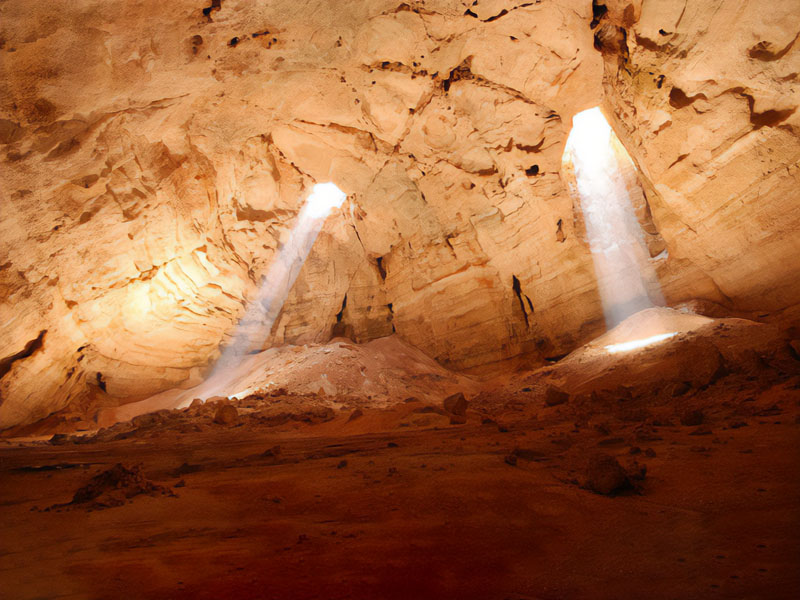The Impact of Religious Beliefs on Omani Storytelling Folklore
Issue 52

By Sama Issa
Folk stories, like other forms of creativity, are based on imagination. Derived from the collective memory over long periods of time, folk stories reflect people’s religious and moral beliefs.
Folk stories also reflect people’s thoughts and expectations. They show how people try to explain sudden and mysterious events such as epidemics and death, or interpret natural phenomena like the formation of a mountain and its unique shape, or religious beliefs – especially those associated with the beginning of man’s awareness and his attempt to understand himself and his existence in the Universe.
In the ancient fishing community in Oman where human settlement dates back to 3400 BC and Omanis lived with the dangers and horrors of the seas, Omanis believed that when a man died, he turned into a turtle.
This belief was discovered after the discovery of Ras Al Hamra marine burials in Muscat. In the 1980s, an Italian archaeological team found a human skeleton arranged in the shape of a turtle. Italian archaeologists Serge Cleuziou and Maurizio Tosi, co-authors of ‘In the Shadow of the Ancestors: The Prehistoric Foundations of the Early Arabian Civilization in Oman’, explained, “The turtles are still of importance in myths circulated in fishing communities on the Indian coasts bordering the Pacific Ocean. The inhabitants of these regions consider turtles the ancestors of the sailors and, in some cases, they consider them ancient sailors. The Greek writers mention that the pescatarians who settled on the Arabian coasts believed that their ancestors were fish, and we can say that the turtle theory was prevalent in the 4th Century BC. It is clear from fish remnants and the directions of the graves in the cemetery that the mountain promontory at Ras Al-Hamra was inhabited for half a year during the autumn and winter of each year.”
The impact of ancient religious beliefs extends to the eras of the first monotheistic religions in Oman, especially the religion of the Jews. Izki is home to some of the country’s oldest historical ruins, and it is the oldest agricultural settlement in Oman. Jarnan Cave in Izki is one historical location – Jarnan is the old name for Izki – and to date, no one has been able to access its depths. There is a popular belief that the Golden Calf, which the Jews worshipped before they believed in the Almighty God after the call of Prophet Moses (peace be upon him), is hiding there. Of course, folk stories that align with ancient Jewish history in Oman share the same belief. The most important folk story describes Prophet Solomon’s visit to the town of Salut on his way to meet the Queen of Sheba.
Various studies have been presented about this story due to its importance, because it coincides with the beginning of the establishment of the agricultural community in Oman. The most important of these studies – the study by British historian John Wilkinson and the study by Omani researcher Sheikh Khakis Al-Adawi – present different interpretations.
Archaeological missions to the historic city of Samahram discovered temples and statues of the God of the Moon, Sin, the Semitic god whom the people of southern Arabia worshipped before they believed in religion. At the time, people worshipped Sin’s daughter Inanna, whose name still appears in the songs of the shepherds of the Dhofar Mountains.


































































